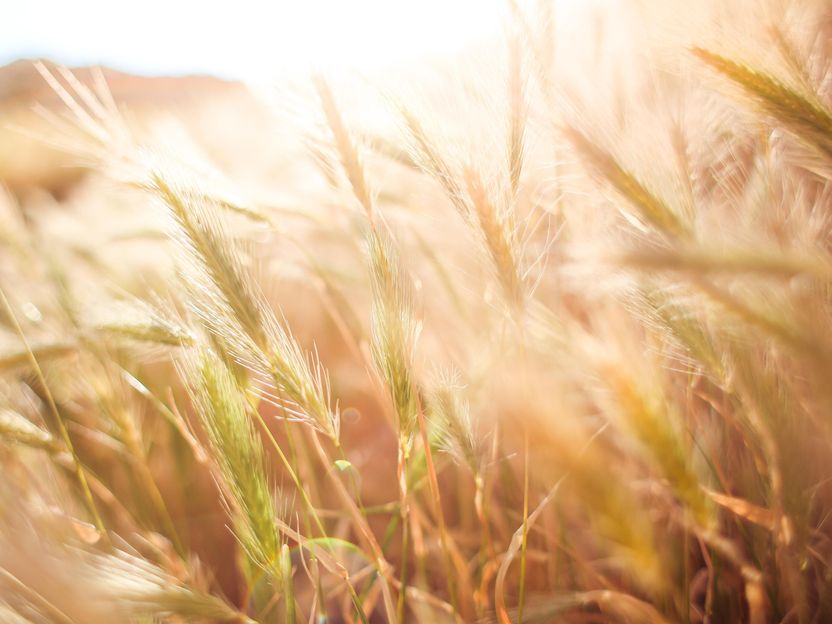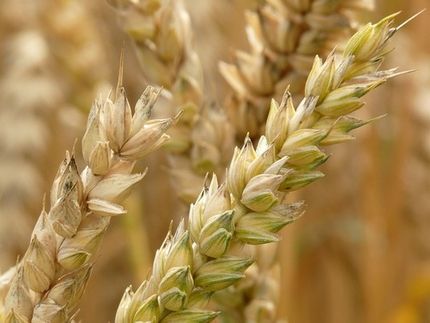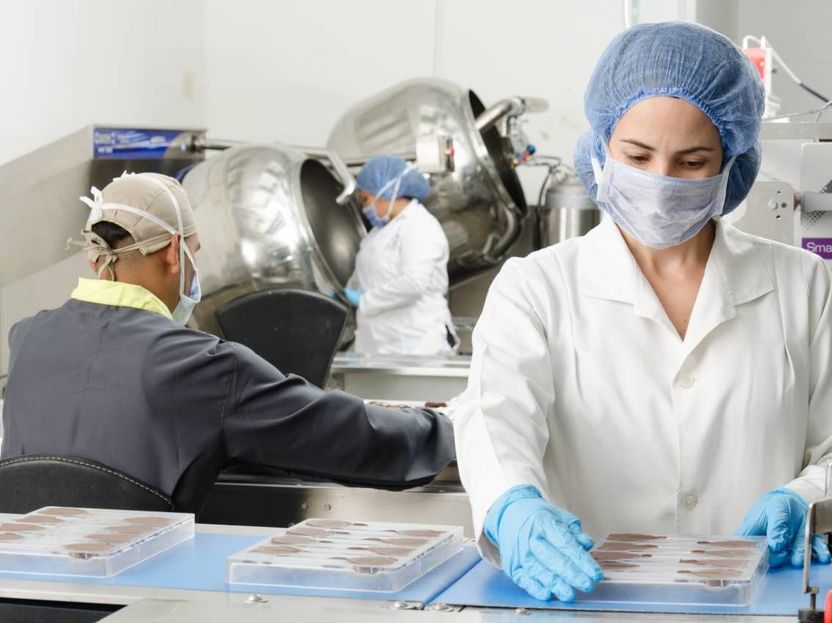The importance of underutilized crops for future food and nutrition security
Advertisement
Staple crops are limited in their tolerance of a changing climate, forcing researchers and breeders to start to investigate new ways to ensure future food security. A review in New Phytologist examines the value of studying underutilized crops, which are locally important crops grown in limited regions, and identifying the specific genes that underpin the crops’ adaptive and valuable traits.

pixabay
The review demonstrates that extensive genome sequencing is the best way to move from discussions of interesting and unique crops to the breeding of favorable varieties with the potential to move into the mainstream.
The authors note that in the past 20 years, a few previously underutilized crops, such as quinoa, chickpea and pigeonpea, have seen a significant boost in research and recognition. They stress that it is likely that some underutilized crops hold vital genetic variants to help the human population combat food and nutrition insecurity in the next few decades.
“We assembled this review because many underutilized crops have a genome sequenced, but for the most part this has not led to crop varieties in the mainstream,” said author Mark A. Chapman, PhD, of the University of Southampton, in the UK. “The relative ease at which one can sequence plant genomes now means we have the potential to extensively examine the genetics of important traits such as yield and climate tolerance and we advocate this for underutilized crops with potential to combat food insecurity.”
Original publication
Most read news
Other news from the department science

Get the food & beverage industry in your inbox
By submitting this form you agree that LUMITOS AG will send you the newsletter(s) selected above by email. Your data will not be passed on to third parties. Your data will be stored and processed in accordance with our data protection regulations. LUMITOS may contact you by email for the purpose of advertising or market and opinion surveys. You can revoke your consent at any time without giving reasons to LUMITOS AG, Ernst-Augustin-Str. 2, 12489 Berlin, Germany or by e-mail at revoke@lumitos.com with effect for the future. In addition, each email contains a link to unsubscribe from the corresponding newsletter.
































































